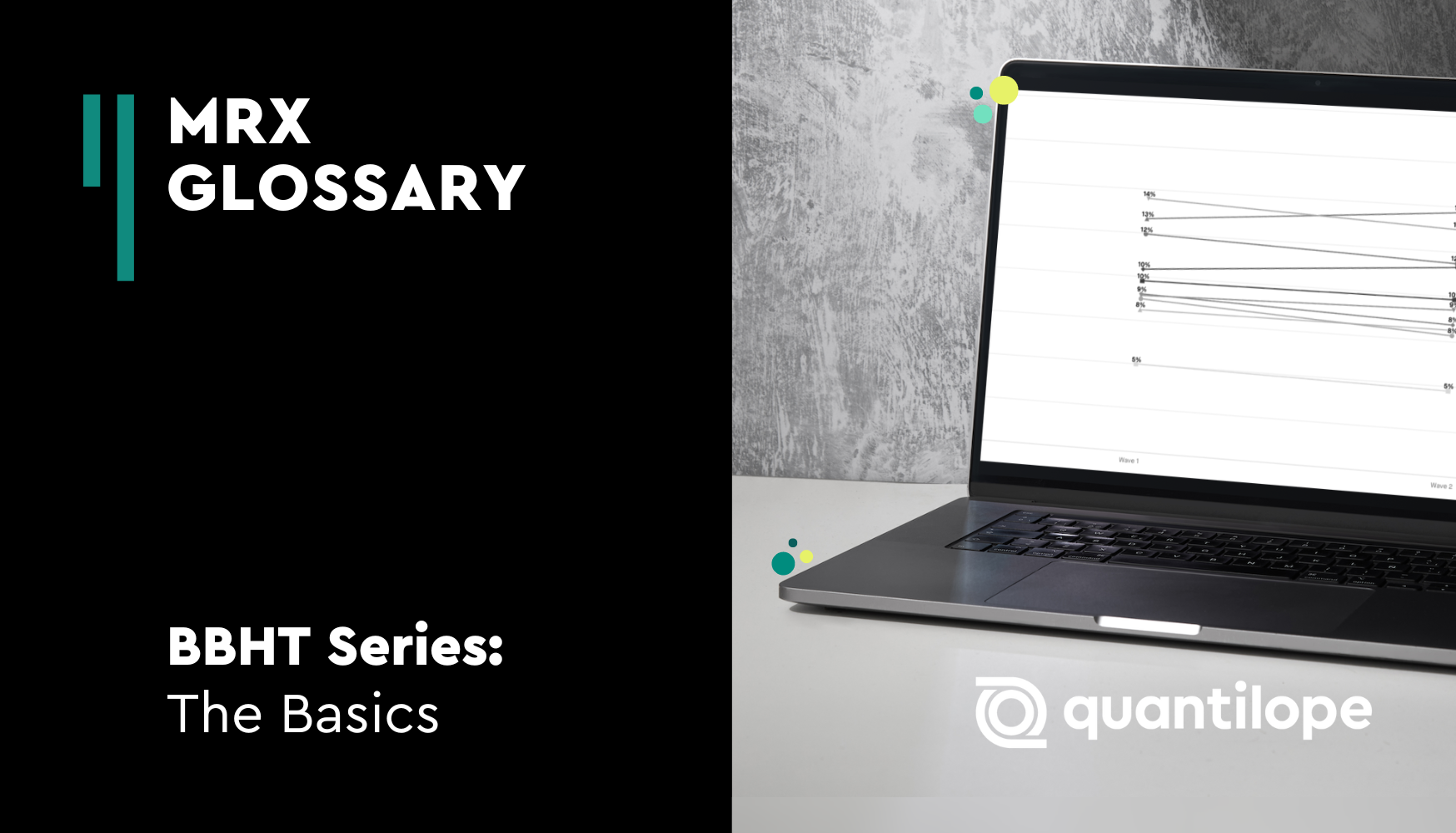Brand health tracking, an essential tool for measuring brand equity, is a way for brands to monitor how their brand is performing in the market over time - both in terms of sales/revenue and how consumers perceive their brand.
Understanding how to measure brand value starts with tracking basic metrics about performance to know what's working, what's not, and where new opportunities might lie. In doing so, they’re able to grow instead of becoming outdated or irrelevant (a brand’s worst nightmare!).
The perk of brand tracking (compared to single ad-hoc studies) is that over time, you can see how trends are changing to shape a full story for your brand. It may be that in one particular month, your yogurt brand sales are down simply because people are traveling and buying fewer groceries for the home. If you only ran the study in that one month, you might assume that interest in your yogurt brand is declining and you need to make major business shifts. However, if you had been using brand tracking software over the course of many months, you’d see that the following month, sales are right back on track and it was just a blip in the overall trend (not a huge concern for your business).
Brand tracking metrics can also inform brands when they do need to make major shifts to stay relevant and competitive (something BBHT's Mental Advantage analysis is particularly useful for). Let’s say, for example, a soap company runs a brand tracking survey and sees that over the course of many months, sales continue to fall. This signals something the brand needs to look into more - why is it that consumers are consistently buying less of their product? They use this signal to add questions to their tracking study for more details on usage - like "What ingredients do you prefer in your hand soap?"; "What scents do you look for in hand soap products?"; "What consistencies do you like for your hand soap - foam, liquid, solid, etc.?". From these questions, they find that consumers have shifted toward wanting all-natural, non-drying ingredients in their hand soap and prefer clean, non-synthetic/chemical scents. This isn’t a product the soap brand currently offers, which could be contributing to the decline in sales. As a result, the brand brings these insights to the research and development team to start conceptualizing ideas for a new product line.
Brands in any industry, of any size, can benefit from brand health tracking. Regardless if you have two product lines or twenty, you'll always want to gather brand insights to know what the market is saying about your performance. Traditionally, brand health trackers have been built on brand funnel metrics: brand awareness, consideration, and usage.
As modernized markets shift, new empirically-grounded market research based on the acclaimed work of Professor Jenni Romaniuk of the Ehrenberg-Bass Institute for Marketing Science (author of Better Brand Health and co-author of How Brands Grow), has highlighted two particular concepts that brands can benefit from in their tracking studies; to read more about what these new concepts are, check out the next post in our BBHT blog series: Category Entry Points and Mental Availability.
Ready to jump right in? Start generating your CEPs now!




.png)